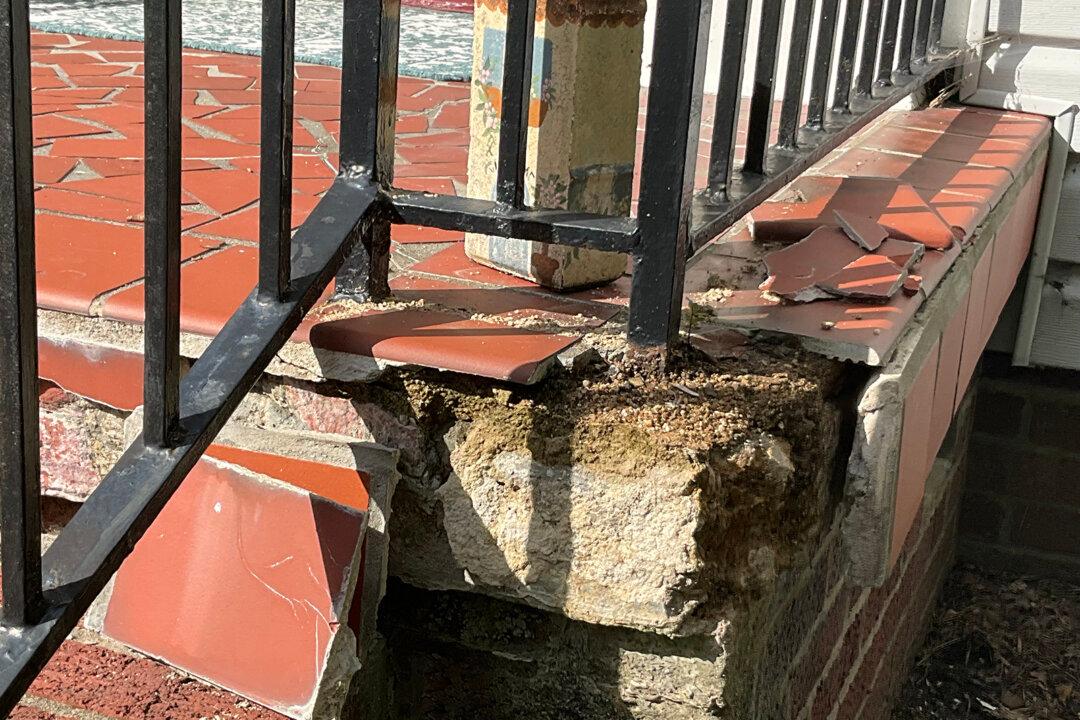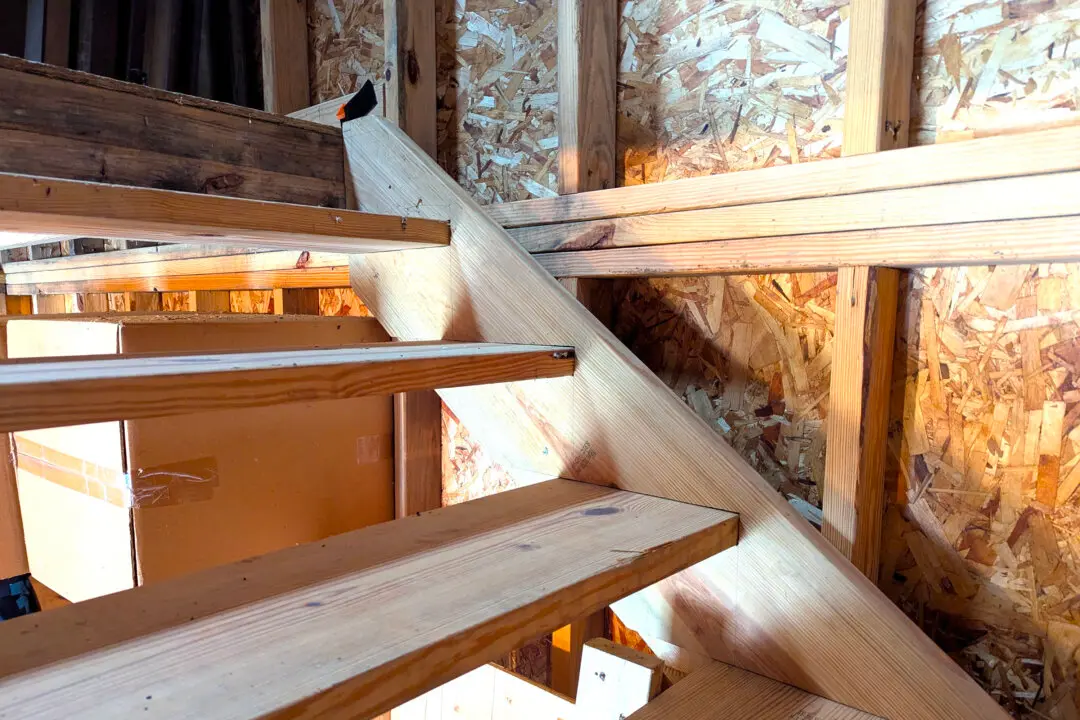In the past week, Don asked me for advice. He lives in the northeast corner of North Carolina just 15 miles from the Atlantic Ocean. His front porch stoop is in very bad shape. Back in 1949, when the house was built, the tile setter used quarry tile to create a mosaic look on the flat surface. He then mortared full tiles to the sides and front of the poured concrete stoop.
Don shared that the repairmen he’s talked with are very nervous as to how to proceed. Some of the mosaic tiles are cracked, and when you tap on some tiles, it produces a hollow sound. Many of the full-edge tiles are falling off. In other words, the 74-year-old porch is in poor condition.





